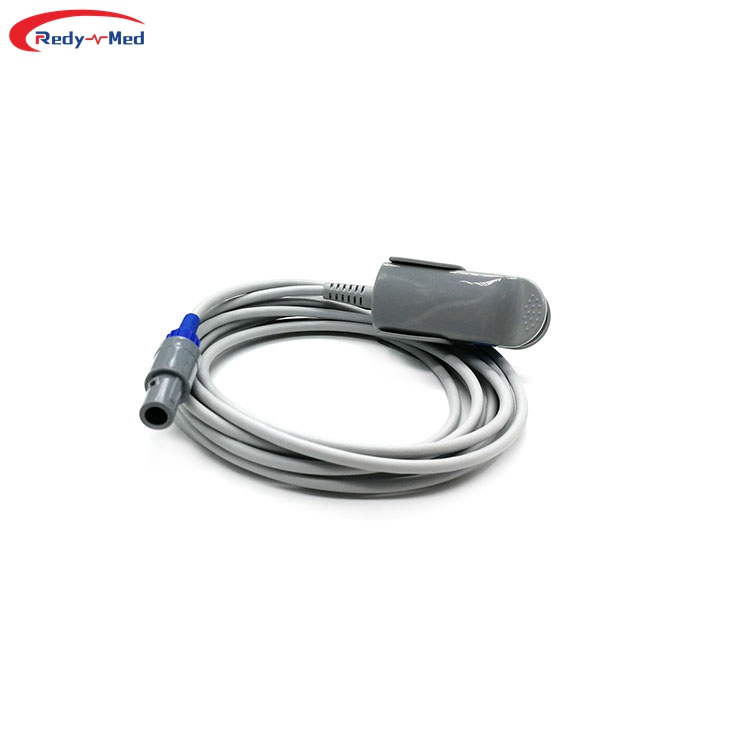
Monitoring and early warning function of blood oxygen saturation sensor in hypoxic environment
2024-03-21 00:04:27
Enhancing Hypoxia Safety with Advanced Monitoring Technology

In today's fast-paced world, the need for safety measures in various workplaces and environments is of utmost importance. This article sheds light on the monitoring and early warning function of blood oxygen saturation sensors in hypoxic environments, highlighting their significant role in ensuring safety and preventing potential health risks. With advancements in technology, these sensors provide real-time data and prompt alerts, allowing individuals to take necessary actions before hypoxia-related complications arise.
The Role of Blood Oxygen Saturation Sensor in Hypoxic Environment
The blood oxygen saturation sensor serves as a safeguard against dangerous levels of oxygen supply in hypoxic environments. It acts as a reliable monitor, continuously assessing the level of oxygen saturation in the bloodstream and providing instant feedback to the user. By utilizing this technology, individuals working or residing in hypoxic environments can proactively manage their health and well-being.
These sensors are compact and non-invasive, making them suitable for various applications such as high-altitude workers, pilots, astronauts, and individuals with respiratory conditions like sleep apnea. Through the use of infrared light, the sensor measures the absorption pattern of oxygenated and deoxygenated hemoglobin, generating accurate oxygen saturation readings.
Early Warning System: Real-time Monitoring and Alert Mechanism
The blood oxygen saturation sensor opens up an avenue to establish an early warning system in hypoxic environments. It continuously transmits data to a connected device, equipped with algorithms to analyze the readings and determine the individual's oxygen saturation levels. In the event of oxygen levels dropping below safe thresholds, the system triggers an alert, notifying the user of potential health risks.
The early warning system enables timely intervention, providing an opportunity to address hypoxia-related complications before they escalate. By receiving immediate alerts, individuals can take appropriate actions such as increasing oxygen supply, altering physical activities, or relocating to a safer environment. These proactive measures play a crucial role in preventing severe consequences in hypoxic settings.
Concluding Thoughts
In conclusion, the monitoring and early warning function of blood oxygen saturation sensors have revolutionized safety measures in hypoxic environments. These sensors provide real-time data, helping individuals to stay aware of their oxygen levels and avoid potential health risks associated with hypoxia. With the development of advanced technology, such monitoring systems contribute significantly to proactive health management and overall well-being. By embracing these innovations, we can safeguard the lives and health of individuals working or residing in hypoxic environments, ensuring a safer future for all.
Get the latest price? We'll respond as soon as possible(within 12 hours)




